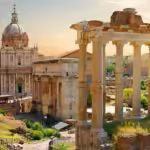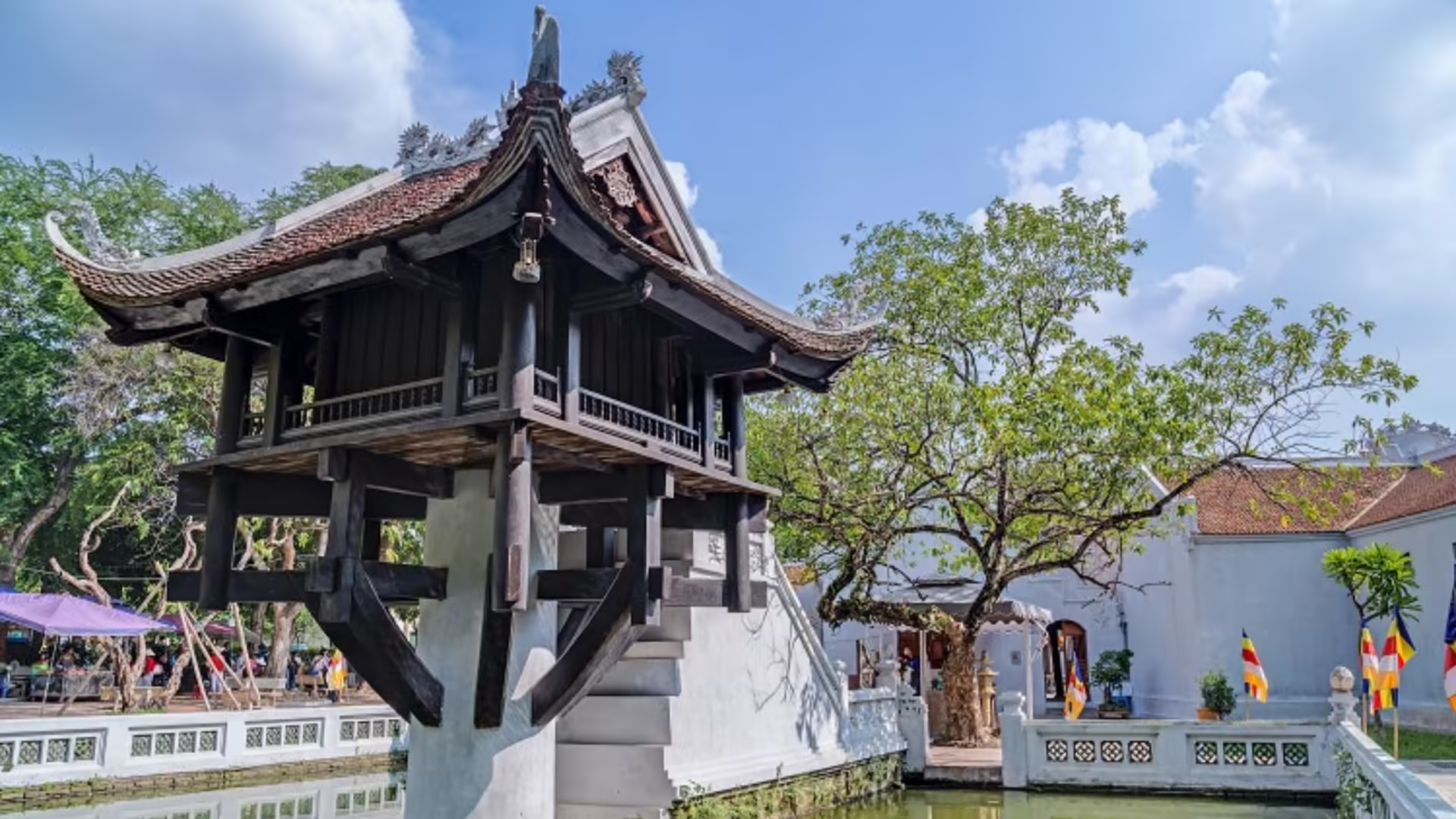St. Peter’s Basilica stands as a testament to the grandeur and significance of faith, art, and history intertwined in the heart of Vatican City. This magnificent structure is not merely a place of worship; it encapsulates centuries of spiritual devotion and artistic achievement. Within its walls, countless pilgrims find solace, while millions are drawn to its beauty, making St. Peter’s Basilica one of the most celebrated architectural masterpieces in the world.
The Architectural Marvel of St. Peter’s Basilica

The design and construction of St. Peter’s Basilica have made it one of the most remarkable achievements in architecture. From its majestic dome to its intricate interiors, the basilica is a visual feast that resonates with those who seek both beauty and spiritual enlightenment.
The Dome: A Gateway to Heaven
The dome of St. Peter’s Basilica is undoubtedly its most recognized feature. Designed by Michelangelo, this towering structure reaches an impressive height, symbolizing humanity’s aspiration towards the divine.
Michelangelo’s innovative techniques allowed for an unprecedented span that enhances the interior space. Standing beneath the dome, one can feel an overwhelming sense of awe, as if the heavens themselves are within reach. The intricacies of the dome reflect biblical narratives and celestial motifs that remind visitors of the sacred purpose this space serves.
As you look up, you might imagine the countless souls who have gazed upon this dome over the centuries, each moved by its beauty and symbolism. The use of light filtering through the windows adds an ethereal quality to the atmosphere, creating a connection between the earthly realm and the divine.
Baroque Influence and Artistic Contributions
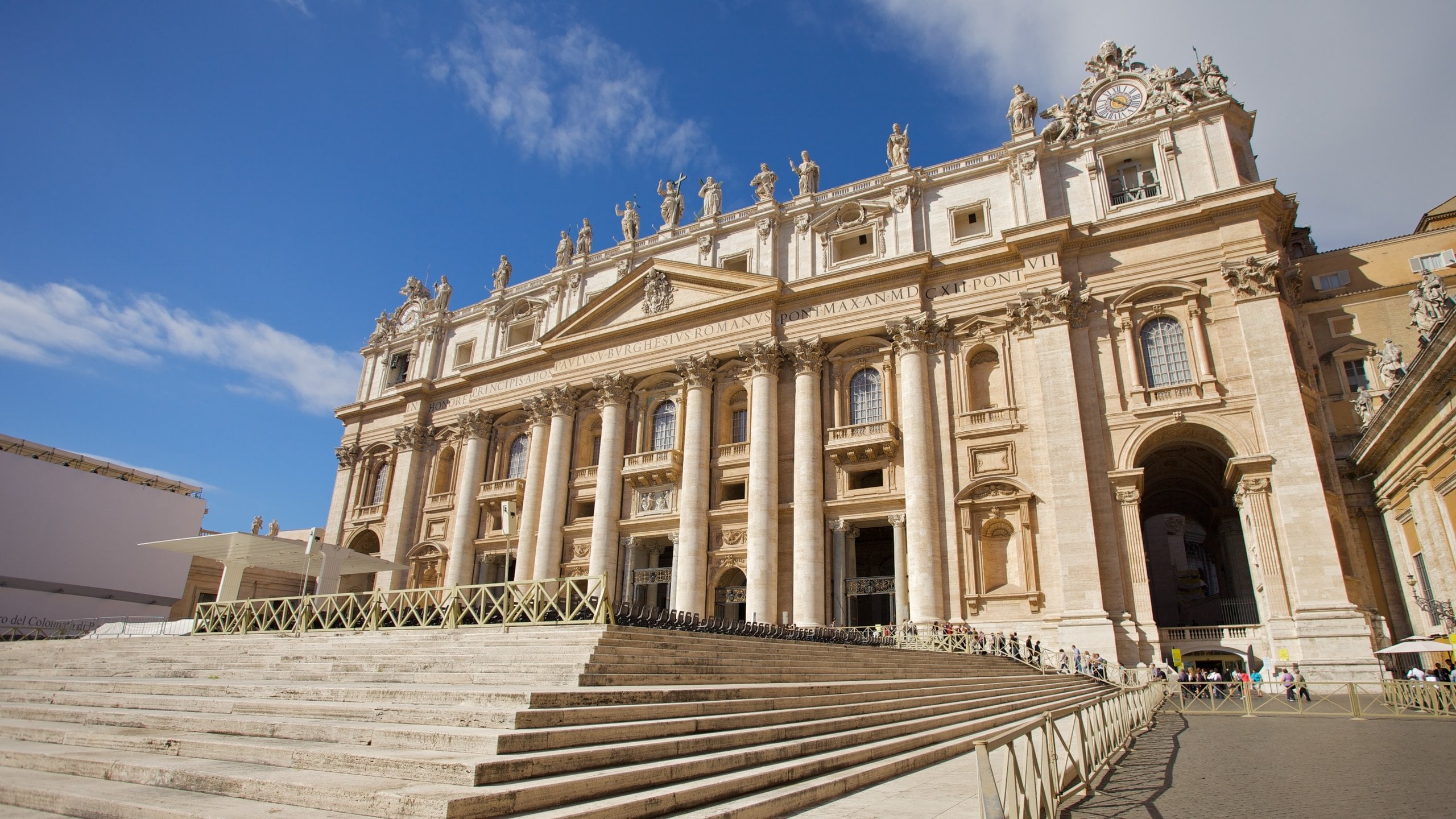
St. Peter’s Basilica is a prime example of Baroque architecture, characterized by grandeur and opulence. Architects like Bernini and Borromini played significant roles in shaping the basilica’s aesthetic.
Bernini’s colonnade outside the basilica creates an inviting embrace for worshippers and tourists alike. It symbolizes the church’s welcoming nature, providing a space where people can congregate and share in a communal experience of faith. His mastery in integrating sculptures and architecture highlights the basilica’s role as a bridge connecting believers with God.
Moreover, the interior of the basilica features numerous chapels, each with unique stories and artworks. The juxtaposition of light and shadow within these spaces invites reflection and contemplation. Visitors are encouraged to explore these chapels, allowing them to connect with their personal spirituality while appreciating the profound artistry surrounding them.
Sacred Art: A Testament to Faith

Art within St. Peter’s Basilica serves not only as decoration but as a narrative of faith that transcends time. Each piece tells a story, celebrating Christian beliefs and histories.
Perhaps the most iconic artwork housed within the basilica is Michelangelo’s Pietà, which vividly illustrates the moment after Christ’s crucifixion when Mary holds her son in her arms. The intricate details evoke deep emotions—grief, love, and sacrifice. Standing before the sculpture, one cannot help but contemplate the depth of maternal love, the pain of loss, and the hope for redemption.
This powerful work draws many visitors who leave with a renewed sense of faith or an understanding of the human condition. The emotional resonance of St. Peter’s Basilica is enhanced by its rich collection of art, each piece contributing to a collective narrative that celebrates faith, culture, and humanity.
St. Peter’s Basilica: A Historical Center of Worship
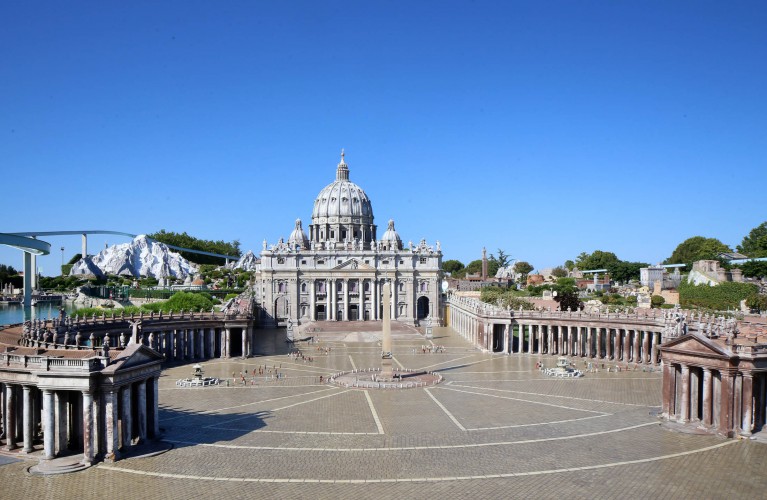
The historical context of St. Peter’s Basilica enriches its significance as a site of pilgrimage and worship. Its roots trace back to early Christianity, and it has served as a focal point for major religious events throughout history.
The Origins of St. Peter’s Basilica

The original basilica was built over the tomb of Saint Peter, one of Jesus Christ’s apostles and the first Pope. This foundational aspect ties the structure directly to the origins of Christianity, establishing it as a vital center for the Catholic Church.
Over the years, various Popes initiated building projects to expand and embellish the original structure. Each era left its mark on the basilica, making it a living testament to the evolution of religious art and architecture. As you walk through its halls, you can feel the weight of history surrounding you, a reminder of the spiritual journey that began almost two millennia ago.
Major Events Hosted at the Basilica

St. Peter’s Basilica has been the venue for numerous pivotal events that shaped the course of Christianity. From papal coronations to significant liturgical celebrations, the basilica has witnessed moments that resonate deeply within the global Catholic community.
During Holy Week, thousands gather for the Easter Vigil, a time of celebration marking the resurrection of Christ. The basilica becomes a beacon of hope as the faithful come together to participate in ancient rituals that unite generations of believers.
Additionally, the announcement of new Popes occurs at St. Peter’s Basilica, attracting people from around the world eager to witness these historical moments. The excitement and fervor that fill the air during such occasions exemplify the basilica’s role as a central hub of spirituality and leadership within the Church.
Pilgrimage and Community Connection

St. Peter’s Basilica attracts millions of pilgrims annually, each seeking a deeper connection with their faith. The journey to the basilica often represents a personal quest for spiritual growth and renewal.
Many visitors share stories of profound experiences at St. Peter’s, whether it be through prayer at the tomb of Saint Peter or simply sitting in silence amidst the grandeur of the space. The atmosphere encourages introspection, allowing individuals to explore their relationship with the divine.
Moreover, the diverse array of visitors fosters a sense of community among believers from different backgrounds and cultures. Shared experiences at the basilica create bonds that transcend language and geography, highlighting the universal nature of faith.
The Cultural Heritage of St. Peter’s Basilica

St. Peter’s Basilica is more than a religious site; it embodies a rich cultural heritage that reflects the intersection of faith, artistry, and societal values.
Artistry and Cultural Exchange
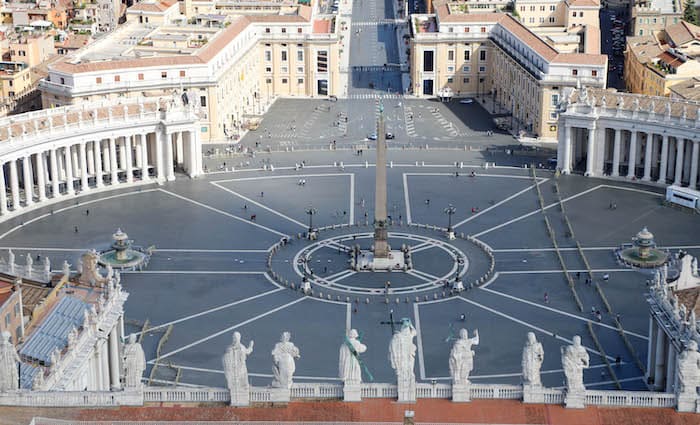
As a prominent landmark in Rome, St. Peter’s Basilica has become a gathering place for artists, historians, and theologians. This confluence of creative minds has led to vibrant cultural exchanges that continue to shape the narratives associated with the basilica.
The contributions from renowned artists over the centuries have transformed the basilica into a living gallery of art history. Each sculpture, painting, and architectural detail connects past influences with contemporary interpretations of faith and spirituality.
Visitors often leave inspired not just by the physical beauty of the space but also by the stories embedded within its walls. The interactions between art and faith found in St. Peter’s serve as a reminder of the ever-evolving dialogue between culture and spirituality.
A Global Pilgrimage Destination
For many Christians, visiting St. Peter’s Basilica is a lifelong dream, a pilgrimage that symbolizes their commitment to faith. The basilica attracts people of all ages and nationalities, uniting them in a shared pursuit of spiritual fulfillment.
Pilgrimages to St. Peter’s Basilica often entail not just sightseeing but a profound exploration of one’s faith journey. Many find themselves reflecting on their lives and experiences while surrounded by the richness of the basilica’s history.
These pilgrimages also represent an opportunity for individuals to engage with the broader Catholic community. Through shared prayers and experiences, pilgrims forge connections that extend beyond cultural boundaries, fostering a sense of unity and mutual respect.
The Role of St. Peter’s Basilica in Modern Society
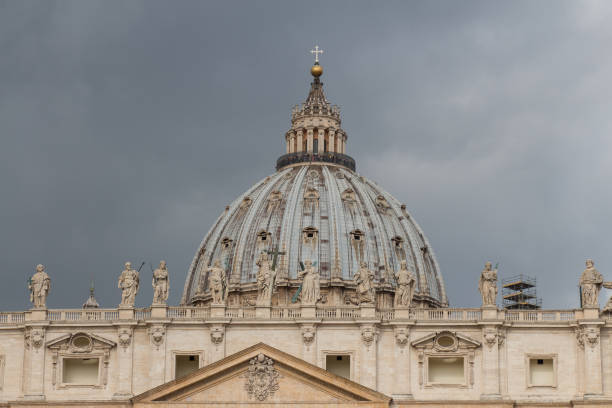
In an age of globalization, the relevance of St. Peter’s Basilica extends beyond its traditional role as a place of worship. It plays a crucial part in contemporary conversations about faith and society.
The basilica serves as a platform for dialogue, inviting discussions on pressing issues such as social justice, peace, and community. Events hosted at St. Peter’s often address these themes, encouraging individuals to reflect on their roles in building a better world.
Moreover, the basilica’s economic impact on the local community cannot be overlooked. The influx of tourists generates revenue that supports local businesses while preserving the integrity of the basilica itself. This symbiotic relationship reinforces the idea that sacred spaces can contribute positively to the communities that surround them.
Reflections on Faith and Community at St. Peter’s Basilica

St. Peter’s Basilica continues to inspire countless individuals on their spiritual journeys. It serves as a reminder of the enduring power of faith and the importance of community in nurturing that belief.
Personal Stories of Transformation
For many visitors, their experience at St. Peter’s Basilica is transformative. Anecdotes abound of individuals finding clarity, healing, or renewed purpose while in the presence of such historical and spiritual weight.
Some recount moments of deep prayer that brought them face-to-face with their innermost struggles, leading to personal revelations. In contrast, others may express joy in witnessing a baptism or a wedding ceremony conducted within the basilica’s hallowed halls.
Such stories underscore the profound impact that St. Peter’s Basilica has on individual lives. It becomes more than just a destination; it evolves into a sanctuary where the complexities of life can be addressed within the context of faith.
Building Bridges Through Shared Experiences

The communal aspect of the basilica fosters connections among those who visit. Sharing moments of silence, prayer, or celebration creates a unique bond between strangers who may otherwise never cross paths.
This emphasis on community reflects the core values of the Catholic Church, where believers are encouraged to support one another in their faith journeys. At St. Peter’s Basilica, these virtues manifest in a palpable way, illustrating how sacred spaces can cultivate relationships.
As people stand shoulder to shoulder, united in their search for meaning, they embody the essence of faith—a recognition that everyone is on their own journey, yet connected by a greater purpose.
Preserving the Legacy of Faith for Future Generations
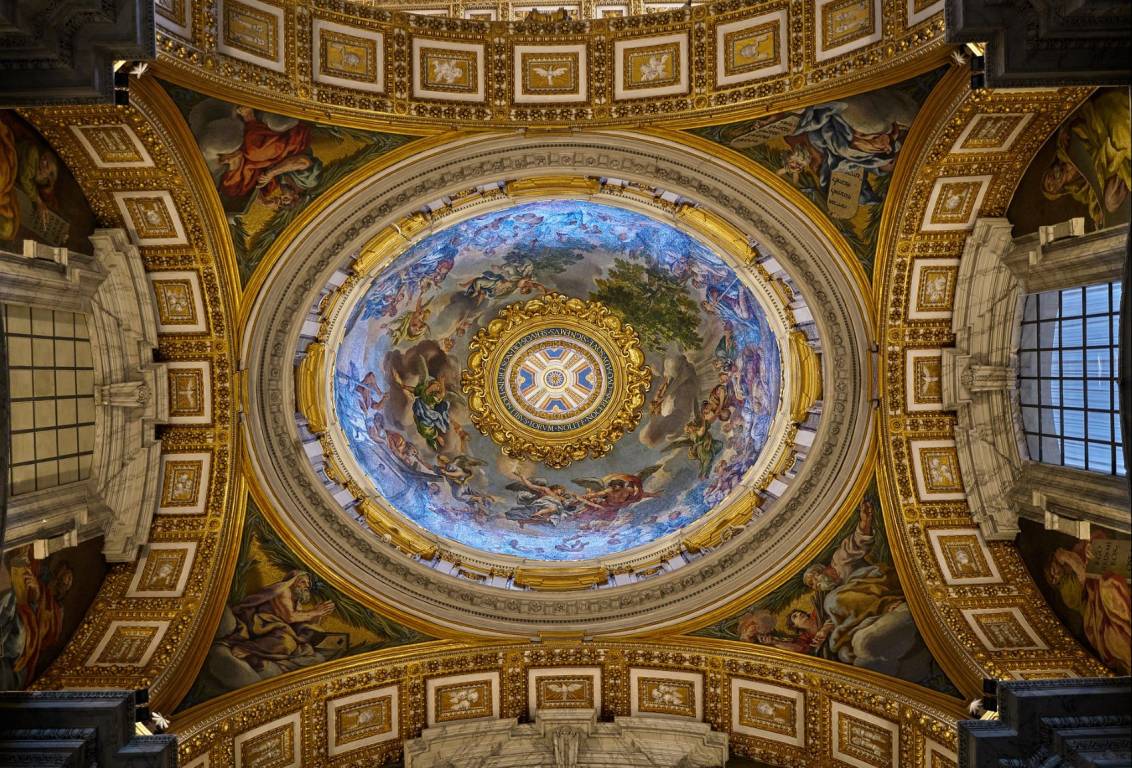
The responsibility of maintaining and preserving St. Peter’s Basilica falls not only on the Vatican but also on the global community. Recognizing its significance as a cultural and spiritual heritage site ensures its legacy for future generations.
Efforts to safeguard the basilica’s structural integrity and artistic heritage highlight the importance of collaboration across cultures. Educational programs and outreach initiatives encourage younger generations to appreciate and engage with the stories that the basilica holds, fostering a deeper understanding of their own faith traditions.
Ultimately, the preservation of St. Peter’s Basilica transcends physical conservation; it represents a commitment to nurturing the spiritual quest inherent in all humans. As future generations walk through its doors, they will inherit a space imbued with history, art, and the promise of connection.
Conclusion
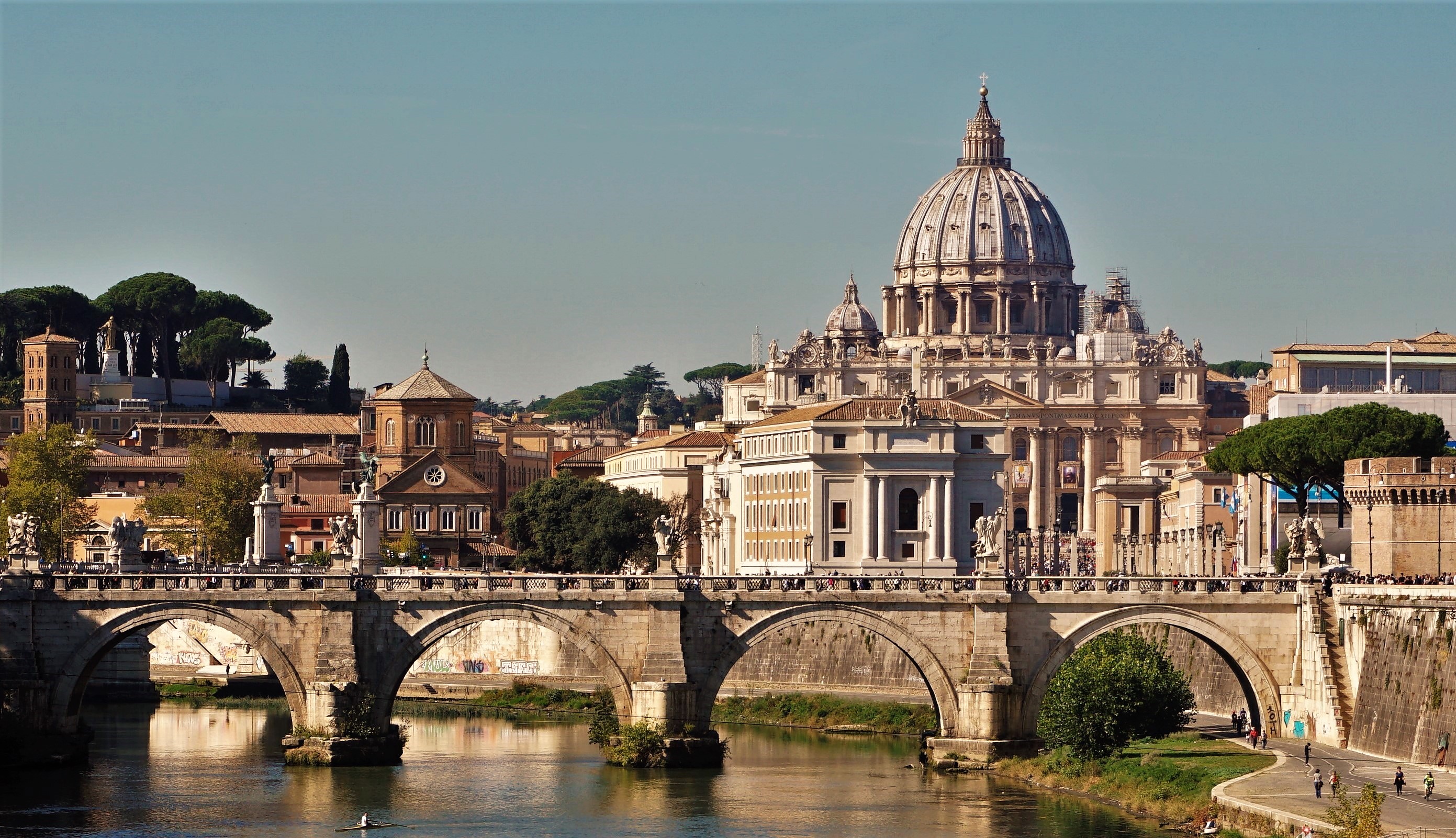
St. Peter’s Basilica stands as a monumental tribute to the enduring power of faith and the artistry that arises from it. Beyond its breathtaking architecture lies a rich tapestry woven with stories of devotion, sacrifice, and community.
Visitors from every corner of the globe find inspiration within its walls, recognizing that St. Peter’s Basilica serves not only as a house of worship but as a symbol of hope and unity in an ever-changing world. By exploring its history, artistry, and spiritual significance, we come to appreciate the multifaceted role that this incredible structure plays in the lives of millions.
Ultimately, St. Peter’s Basilica invites us to reflect on our own journeys, reminding us of the profound connections between faith, culture, and community. As we continue to explore and honor its legacy, we ensure that this sacred space remains a beacon of hope, illuminating the path for generations to come.





